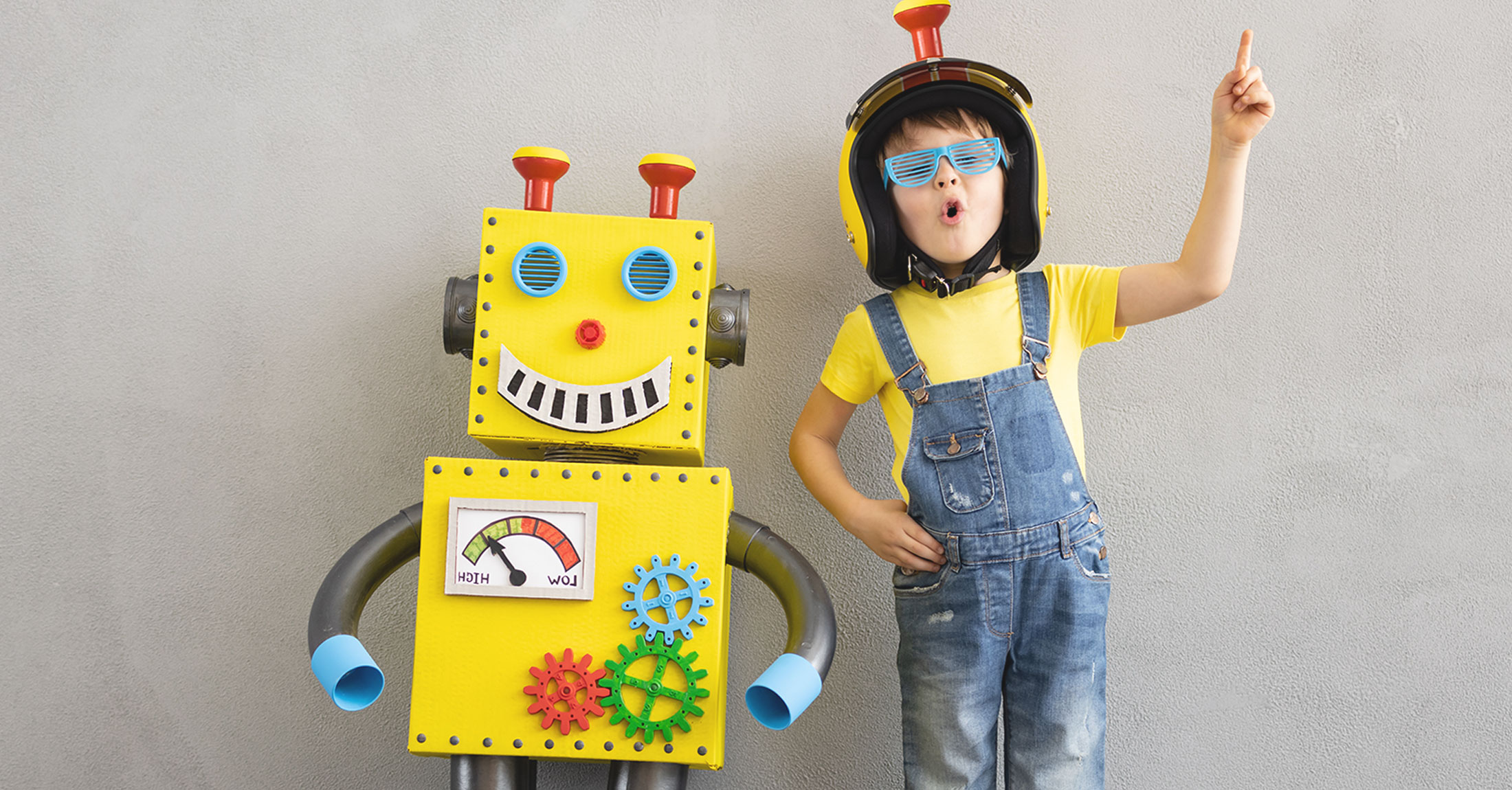How can parents help children maximize their creativity?
Lots of children exhibit creativity when playing and when engaging in song, dance, games, writing, arts and crafts, role-playing, and other activities. However, some kids need direct encouragement or reassurance before they let creativity loose—whether by degrees or with abandon. Artist Henry Matisse said, “Creativity takes courage.”
Parents and teachers can consider when and how to help children maximize creative juices. These can bubble along heatedly, or simmer slowly and thoughtfully. Moreover, creativity can be spontaneous, fragmented, or elusive.
Illustration by Christine Thammavongsa
Here are 24 tips for adults to help children express and extend their creativity.
- Support and also model curiosity. It is one of life’s greatest gifts.
- Keep in mind that the best activities and creative outlets are those that are well-suited to a child’s level of readiness and interests.
- Encourage children’s questions. Be responsive to them.
- Clarify expectations and goals. They should be fair, and doable in a reasonable time frame.
- Be accommodating of children’s areas of strength (or weakness) in different domains. It’s hard to be creative when struggling with understanding. People are more creative in areas where they feel competent.
- Stay open to wacky ideas. And, to far-fetched or seemingly sophisticated ones, too.
- Encourage reading, writing, open communication, and the use of technology.
- Beware… Overload. Complexity. Scrutiny. Pushiness.
- Reinforce the power of reflection. It enables children to link experiences with ideas, and then to explore and extend those ideas.
- Assure kids that it’s okay to ask for help if they need it.
- Promote a sense of purpose. It can fuel momentum.
- Show faith in children’s abilities so they can feel confident about their skills, and about what they already know. Creativity builds from acquired knowledge.
- Help kids become resourceful. It can lead them in exciting new directions.
- Encourage children to critique their own ideas, and to go forward from there.
- Facilitate multi-sensory experiences that will broaden children’s ways of thinking.=
- Help kids learn to prioritize—that is, to figure out what to pay attention to first, next and so forth—so in times of “busyness” they have opportunity for must-dos, but also for trying out creative possibilities.
- Promote collaboration, brainstorming, problem-solving, and idea-sharing.
- Let kids know that creativity can be messy—and that’s just fine.
- Help kids find a safe, comfortable place to think and to be creative. For example, quiet could be beneficial. Soft lighting may be soothing. Music can be invigorating. Or a blank canvas or notepad might beckon… Eliminate distractions that interfere with motivation and creative energy.
- Be patient. Don’t rush children’s creative endeavors. Give them enough time and space to consolidate their thoughts—to revisit, revise, and augment them—and to rest, too.
- Respect children’s feelings, and realize that these can fluctuate.
- Tap circles comprised of family and friends for encouragement and support.
- Using the imagination is a joyful pursuit! Help kids grasp the pleasure that derives from creative effort and from exercising their enthusiasms.
- Check out my most recent book, Ignite Your Ideas: Creativity for Kids and my many articles at The Creativity Post for additional information and tips.
Last Words
“Creativity is piercing the mundane to find the marvellous.”
~ Journalist Bill Moyers
There’s no one or “right” way to nurture creative energy or to “find the marvellous.” Creativity is a choice, and its development will depend upon the individual, family circumstances, past experiences, attitudes, and more. It might have to do with finding and seizing opportunities to stretch the imagination; casting a creative veneer on situations; transcending boundaries; developing connectivity with others; acquiring information and resources; challenging the status quo; taking a leap of faith; or tackling a problem in a particularly inventive, thoughtful, or original fashion. Embrace children’s inquiry, uniqueness, efforts, resilience, and joy in creative and learning processes. Most importantly, celebrate life’s many wonders together!
Author’s Note: This article is updated from one written by Dr. Joanne Foster that was featured at The Creativity Post. For excellent resources on supporting and encouraging creativity and gifted/high-level development, go to Gifted Unlimited LLC.








